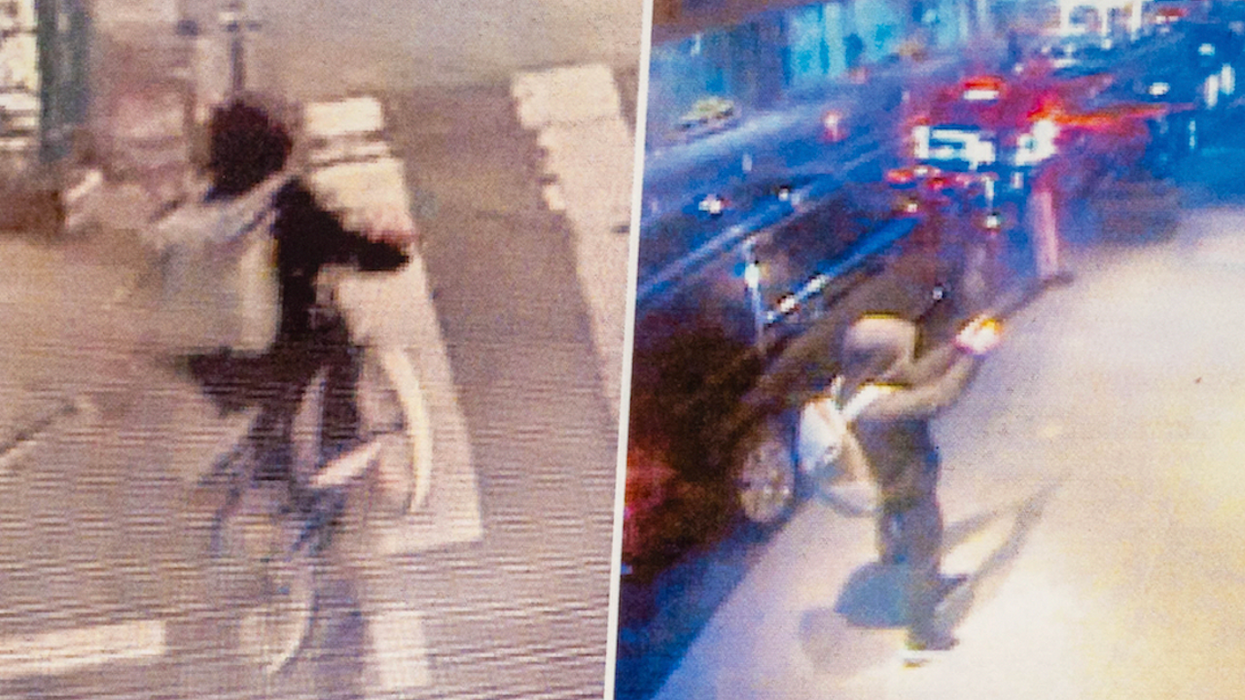
© 2024 Blaze Media LLC. All rights reserved.
The U.S. Army recently awarded a contracting firm a nearly half a million dollar contract to support its "Power Dreaming Project."
Wired Danger Room reports the following scenario that the Army hopes to begin testing next here to help soldiers suffering with PTSD:
A soldier tries to sleep. But he is not safe in his dreams. Jolted awake by a nightmare, the combat veteran fumbles in the dark for his 3-D glasses.He puts them on. Around him are the faces of people whom he trusts. They fight the darkness with him. The soldier’s re-lived this scene in his head and the laboratory over and over again, until it has become reassuringly familiar. The soldier knows that his pixelated friends will take him away from these troubled dreams. When the scene is over, he takes off his goggles and looks around him. The soldier is home.
The research for this sort of therapy will take place at the Naval Hospital Bremerton, Wash. According to the National Center for PTSD, run through the U.S. Department of Veterans Affairs, while only 5 percent of the general population complain of nightmares, the number jumps to 52 percent for combat veterans.
This new research is a similar build off of what the National Center for PTSD calls Imagery Rehersal Therapy:
In IRT, the person who is having nightmares, while awake, changes how the nightmare ends so that it no longer upsets them. Then the person replays over and over in their minds the new dream with the non-scary ending. Research shows that this type of treatment can reduce how often nightmares occur.
Wired has more:
The hope is that these “power dreams” can be watched from laptops and “home training and 3-D goggles work to gradually enhance the strength of these new neurological images,” according to the presentation that outlines the program’s aims.The project is another twist on biofeedback therapy, in which a PTSD-sufferer is fed real-time data on his physical stress levels so that he can be cued to calm down. If he successfully brings down his heart rate and anxiety levels, he may be rewarded with visual cues. One example of this brain-wave therapy is in use to heal troubled veterans.
The problem with existing biofeedback methods is that many patients aren’t able to easily call up imaginary scenarios in their heads that will cue them to relax. So this experiment hopes to get soldiers to custom-design scenes that they can play back to themselves.The computer program for soldiers to build out imaginary worlds and avatars on will be based on the virtual world Second Life. It will allow dream sequences to be custom designed “to develop physio-emotional states to counteract the reactive stress response inherent in trauma memories.”
Wired states soldiers will use a program called Second Life to customize their dream worlds. Wired also notes, that this is not the sequel script to Inception.
This story has been updated for clarity.
Want to leave a tip?
We answer to you. Help keep our content free of advertisers and big tech censorship by leaving a tip today.
Want to join the conversation?
Already a subscriber?
more stories
Sign up for the Blaze newsletter
By signing up, you agree to our Privacy Policy and Terms of Use, and agree to receive content that may sometimes include advertisements. You may opt out at any time.
© 2024 Blaze Media LLC. All rights reserved.
Get the stories that matter most delivered directly to your inbox.
By signing up, you agree to our Privacy Policy and Terms of Use, and agree to receive content that may sometimes include advertisements. You may opt out at any time.


